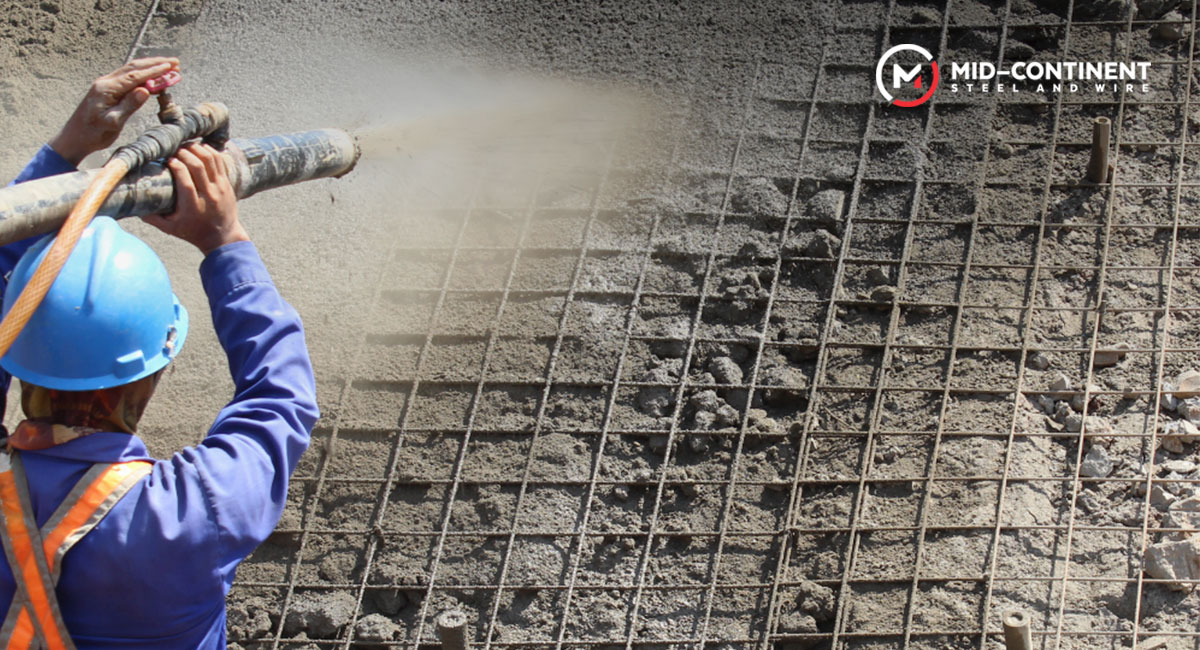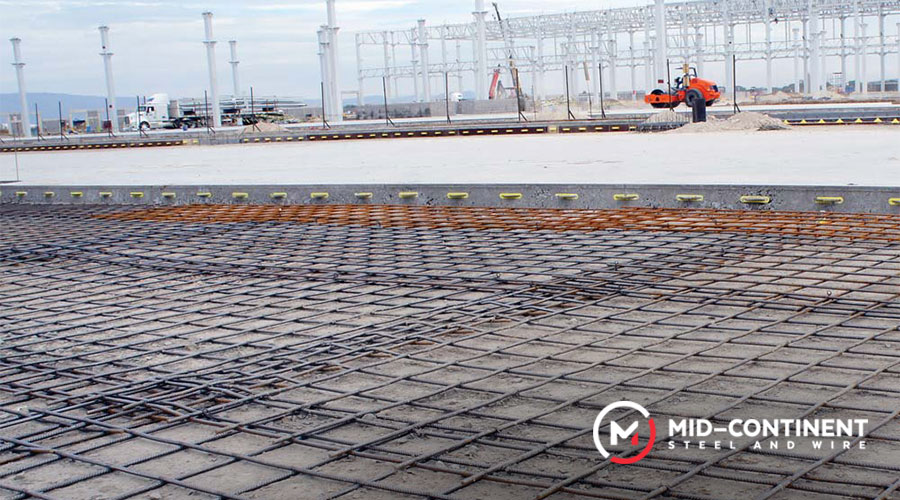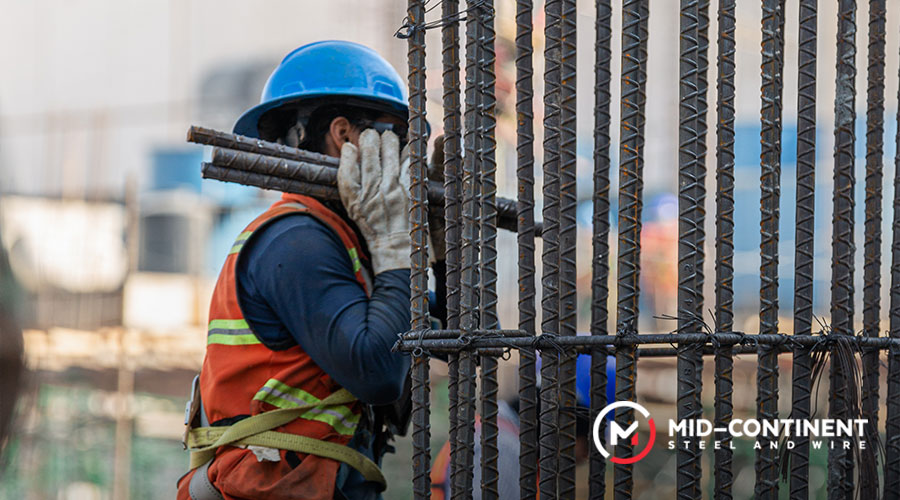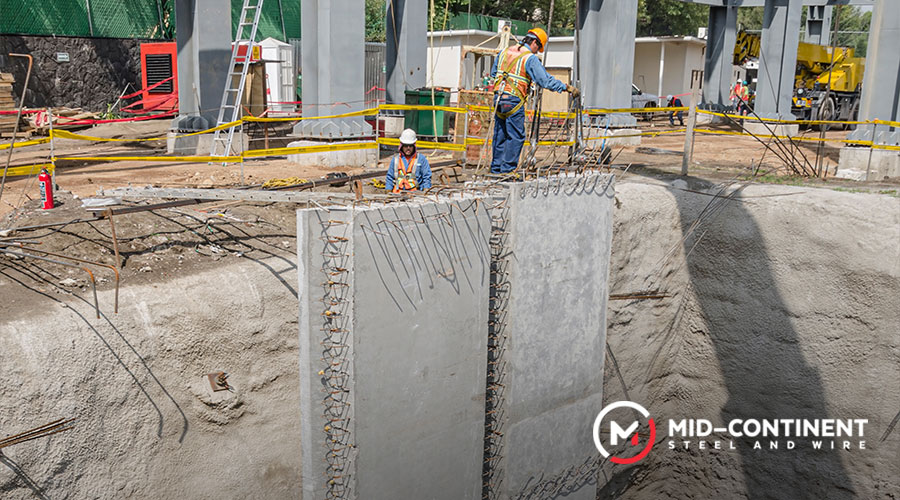
Reinforcing concrete is essential for maintaining the strength and durability of contemporary buildings and infrastructure. Without adequate reinforcement, concrete structures are more likely to crack, weaken over time, and possibly collapse when subjected to different stresses and environmental conditions. Keep reading to find out more.

Reinforcement in structural integrity
By effectively distributing stresses and preventing deformation, reinforcement is an indispensable component in the design and construction of reliable concrete systems.
- Enhances tensile strength
- Controls cracking
- Improves ductility
- Increases load-bearing capacity
- Extends the lifespan of structures

Common reinforcement techniques
In concrete construction, several common reinforcement techniques are used to enhance structural performance. Each method offers distinct benefits depending on the structural requirements and application.
1. Steel rebar
Steel reinforcement bars, often referred to as rebar, are the most commonly used method for strengthening concrete. While concrete is naturally strong in compression, it lacks tensile strength, an area where rebar plays a critical role by providing the necessary resistance to tension forces.
Key facts about steel rebar:
- Available in various sizes and grades
- Typically made from carbon steel
- Can be coated for corrosion resistance
- Requires careful placement within concrete forms
2. Wire mesh reinforcement
Welded wire mesh, made from interconnected steel wires, serves as an alternative to conventional rebar in certain situations. It is especially effective for:
- Thin concrete sections
- Large surface areas like slabs
- Crack control in non-structural elements
3. Prestressed concrete
Prestressed concrete involves tensioning steel cables or tendons within the concrete before it cures. This technique:
- Allows for longer spans and thinner sections
- Reduces cracking under normal loads
- Is commonly used in bridges and large commercial structures
Factors influencing reinforcement choice
Concrete reinforcement is essential for enhancing the structural performance, safety, and longevity. Choosing the appropriate reinforcement technique depends on a variety of factors of the construction industry:
- Structural requirements
- Environmental conditions
- Construction timeline
- Budget constraints
- Local building codes

How MCSW minimizes environmental impact
We reduce environmental impact through a combination of sustainable practices, efficient manufacturing processes, and strategic sourcing.
Steel is one of the most recyclable materials, and by using recycled content, we reduce the need for virgin raw materials, thus conserving natural resources and lowering greenhouse gas emissions.
3.8M
tons of recycled steel per year
97%
of the raw material used for steel production is recycled
8199%
of our waste is reused or repurposed, avoiding disposal in landfills
Make sustainable steel part of your construction projects! Check out our wide range of solutions.

